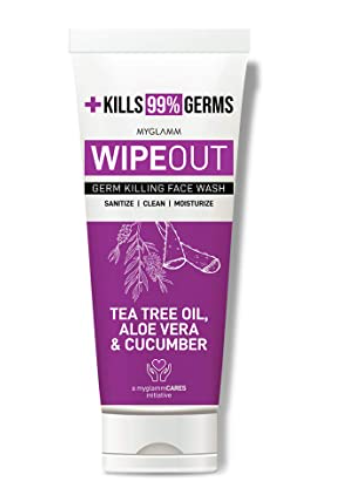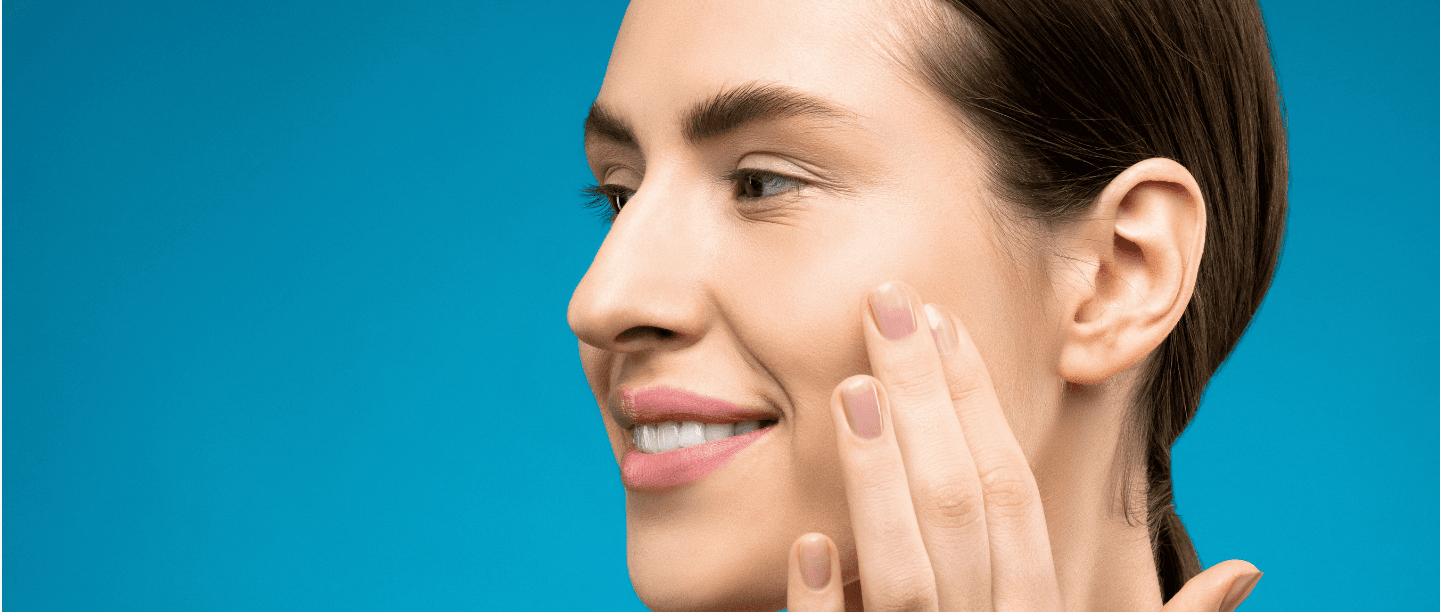While this quarantine has blessed some people with gorgeous skin, for others, unfortunately, it’s brought nothing but marks and spots all over. If you fall in the latter category, don’t worry, you aren’t the only one going through this. Along with maskne, the change in weather and diet also play an important part in determining the condition of your skin and while it may seem tempting to use whatever products are recommended online, it’s important to note that not all spots are the same and the wrong product might just make things worse. For example: If you are applying an anti-acne product on a non-acne situation, it might lead to further skin damage.
Not all spots are the same but don’t worry before you go into full panic mode, give this article a read first to figure out what kind of skin issue you’re dealing with before taking matters into your own hands.
Zits or Pustules

Pexels
Zits, pimples, pustules — call it what you want but they are not hard to decipher. They are big with a white or yellow centre, show up without any warning and can claim their spot anywhere on your face —- chin, forehead, eyebrows, nose – nothing is off-limits. These pesky boils are painful and can ooze pus, so to treat it you need something that is fast-drying and clarifying.
For pustules, it is beneficial to use products that are enriched with salicylic acid to dry and zap it off overnight.
Blackheads or Open Comedones

Pexels
Blackheads can be easily distinguished but hard to get rid of. Also known as open comedones, these tiny black spots occur when the pore is blocked and the excess sebum dries off in the hair follicles, making it look black. They are hard to eliminate and trying to squeeze out each one is nearly impossible. The nose area is more prone to developing blackheads as compared to other parts of the face.
To treat blackheads, you need to make exfoliation a part of your routine and invest in AHAs like glycolic acids and lactic acids or BHAs (beta hydroxy acids), like salicylic acid.
Whiteheads or Closed Comedones

Pexels
Unlike their counterpart, whiteheads are much easier to manage as they develop on the skin’s surface. Blocked pores which consist of trapped oil and dead skin cells, when overfilled, start to turn into small, white raised lumps on the surface of the skin.
To treat whiteheads, regular gentle cleansing and exfoliation is good enough to get rid of them.
Cysts

Pexels
Cysts are the most dreaded boils in the skincare world. These are not only painful but can also leave behind terrible scars. Poking or probing these pesky little boils can be quite troublesome and can even cause skin damage, so it is best to leave them alone. If they are painful or too inflamed, cortisone injections can help make them disappear within 48 hours, but this should never be tried at home. It’s best to always visit a professional when it comes to dealing with facial cysts.
Hormonal Acne

Pexels
Ah…hormonal acne, every girl’s worse nemesis. If you notice a pus-filled boil around your chin and jawline when it’s that time of the month, chances are that you’re suffering from hormonal acne. While they can be topically tough to treat, you can, however, increase your water intake and eat healthier during this time of the month. You can also switch from your usual cleanser to something with antibacterial properties which will help cleanse the skin and pores.

MyGlamm
Now that you are familiar with the different types of facial spots, go on and give your skin the proper treatment it needs.
Featured Image: Pexels






